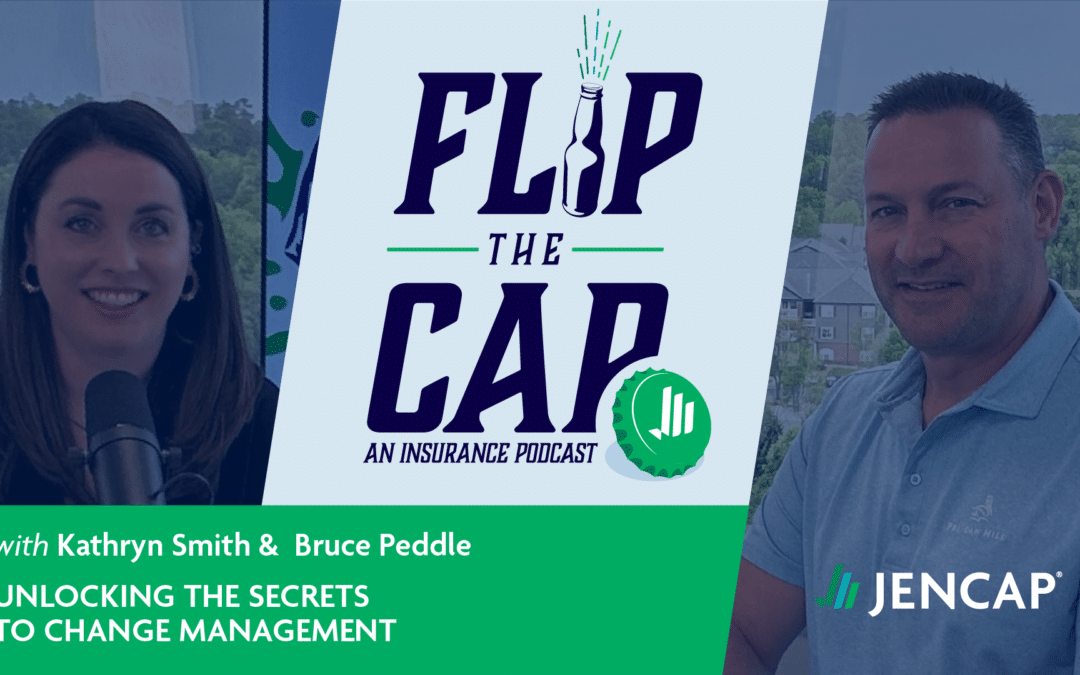In the evolving risk management landscape, catastrophe (CAT) modeling has become a linchpin for the insurance industry. CAT modeling helps predict and mitigate losses from natural disasters, man-made disasters, public health emergencies, and more.
But as the industry increasingly relies on data-driven assessments, it raises a simple question: Are we too dependent on CAT modeling? Without experienced underwriters reviewing the CAT data to determine the eligibility of a risk and the rates applied to insure it, carriers and brokers could base their recommendations on inaccurate information. This becomes even more relevant for complex risks that are difficult to model. Let’s dig a little deeper.
How Underwriters Overcome Some of the Leading CAT Modeling Limitations
Relying solely on CAT models for insurance risk assessment, risk eligibility, and rate setting can lead to significant risks, especially when seasoned underwriters do not analyze the models.
CAT models can overemphasize the use of historical data to predict future risks. That means they assume that future events will follow past patterns. Changes in climate, urban development, and building codes can dramatically alter the risk landscape. Such changes potentially make models based on historical data outdated or inaccurate. In a recent podcast interview, Jencap Director Bruce Norris highlighted the difficulty in using historical data for emerging risks, noting, “New models, like those for wildfires, are still green and not fully tested, which presents a unique set of challenges in predicting and preparing for these risks.”
All CAT models have inherent errors and uncertainties — especially around extreme values or rare events. The complex nature of the models and the simplifications necessary to make them computationally feasible only compound these errors. Experienced underwriters can help mitigate these uncertainties by applying their contextual knowledge of the risk landscape.
Norris agrees, stating, “Providing accurate data for the models is crucial; inaccurate data can lead to poor underwriting decisions and ineffective risk management.”
CAT model outputs can be misinterpreted. Non-experts or people with limited understanding may misuse the output of CAT models without recognizing their limitations. Underwriters are trained to look beyond the numbers and consider qualitative factors that might not be immediately apparent in model outputs. At Jencap, Norris reveals, “We take the data from these models to the insured to help them understand their risk, maybe help set limits, look at critical facilities, and help them mitigate risk rather than just transfer it.”
Reliance leads to compliance, which leads to complacency. Heavy reliance on models can lead to a false sense of security among stakeholders, potentially leading to complacency in proactive risk management. Underwriters help maintain a dynamic approach to risk assessment, constantly questioning and refining assumptions based on the latest data and trends.
The size and source of sample sets can affect the accuracy and reliability of results. Smaller sample sizes inherently lead to more uncertain predictions because less data informs the model. In areas where catastrophic events are rare, models have a more limited ability to predict future occurrences with a high degree of confidence.
Starting and stopping at the model can lead to lost opportunities. Because the quality and accuracy of the CAT model is reliant upon correct data points, it’s important for underwriters to proactively verify and fact-check the information – particularly if the risk appears economically or strategically desirable.
For example, an underwriter could be considering an earthquake risk that falls outside of a carrier’s risk appetite based on the model. However the risk has above-average attributes that make it a more desirable piece of business. The underwriter should aggregate the modeling data, map out the additional risk attributes, and outline the future profitability and growth potential to the carrier.
How AI Can Improve CAT Modeling Effectiveness
Norris sees the future of CAT modeling evolving rapidly, stating, “As we face changes in climate and emerging risks, the industry must adapt. This involves continuously updating models with the latest data and expertise from various specialists like engineers and meteorologists.” In addition to tapping these subject matter experts, Artificial intelligence (AI) can significantly improve catastrophe models by quickly processing vast amounts of data while integrating diverse data types like satellite imagery and real-time weather updates. As AI improves over time, its use cases for CAT modeling will grow stronger:
Using AI for Data Validation: Because CAT models are highly sensitive to input data, and even minor errors can lead to significant discrepancies in the results, AI’s role in validating data before it’s imported into CAT models is crucial. AI can automate checks for data consistency, completeness, and accuracy, reducing human error, increasing the efficiency of the data validation process, and enhancing the reliability of the model outputs.
Using AI to Examine Locations and Construction Types: AI has the capability to enhance the granularity of risk assessments, eligibility, and rate setting. For example, AI can analyze vast amounts of geographical and construction data to identify risk patterns and anomalies that might not be obvious through manual analysis. This could help determine if a specific area has buildings more susceptible to damage from certain types of natural disasters based on construction materials and methods, information that can then be used to adjust insurance policies and pricing to better reflect the actual risk.
Looking ahead, AI is expected to revolutionize these processes further by integrating real-time data, improving personalized risk assessments, and fine-tuning insurance offerings. However, the role of human underwriters remains crucial; they are essential for interpreting AI-generated insights, adding context, and making nuanced decisions where human judgment is irreplaceable.
Jencap Empowers Agents by Combining CAT Modeling and Underwriting Expertise
In today’s dynamic insurance landscape, marrying CAT modeling with the expertise of human underwriters is essential for delivering the most effective insurance solutions. Jencap doesn’t just offer access to niche and specialty markets — including those with higher risk profiles like catastrophe, cyber, or other modern-day claims; Bruce Norris highlights, “Jencap’s experts go beyond the models; they ensure each client is paired with carriers whose underwriters can tailor coverage precisely to meet specific needs.”
This strategic placement is possible due to Jencap’s non-territorial approach, where internal collaboration is prioritized to maximize the effectiveness of risk placement across various markets. Empowered by this model, our brokers connect agents with carriers whose underwriters can leverage robust historical data and challenge the models to make informed recommendations. Contact us today to discover how Jencap can connect you with the ideal expert to manage and place your unique risks effectively.

















































